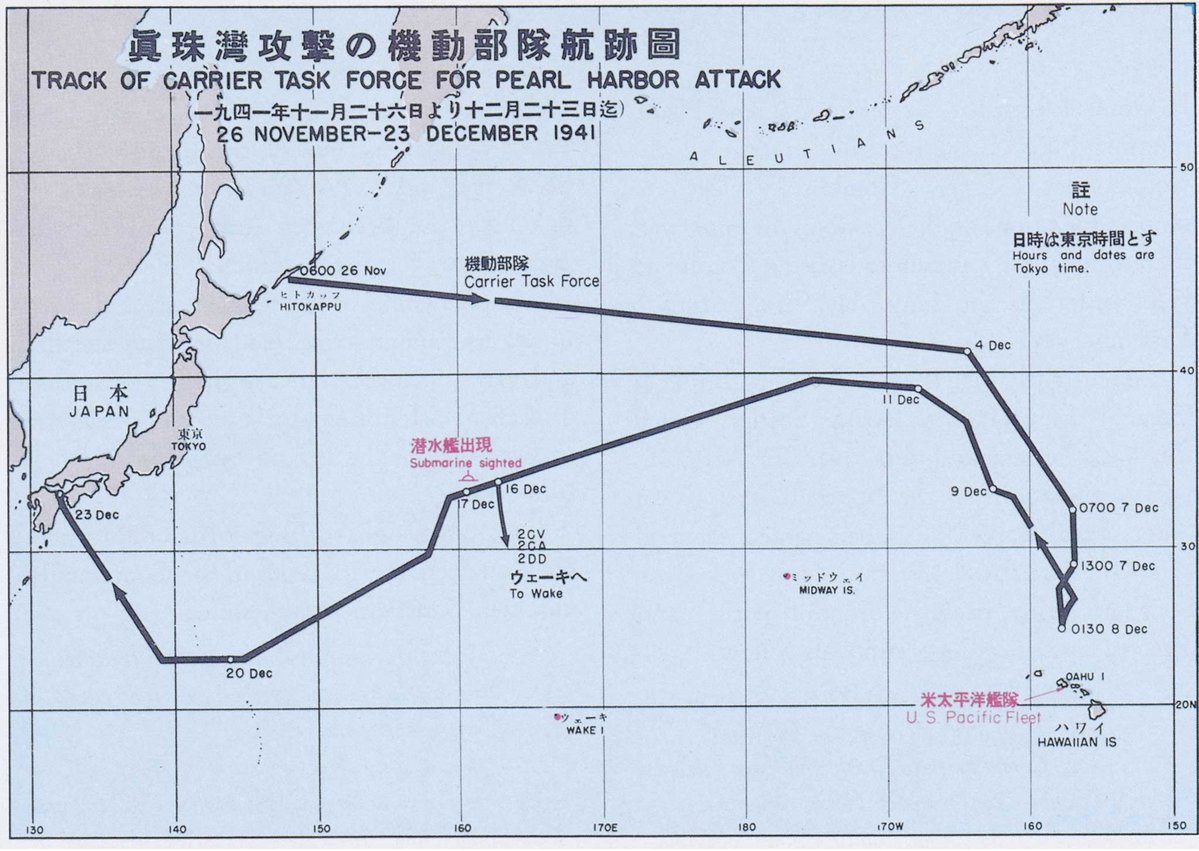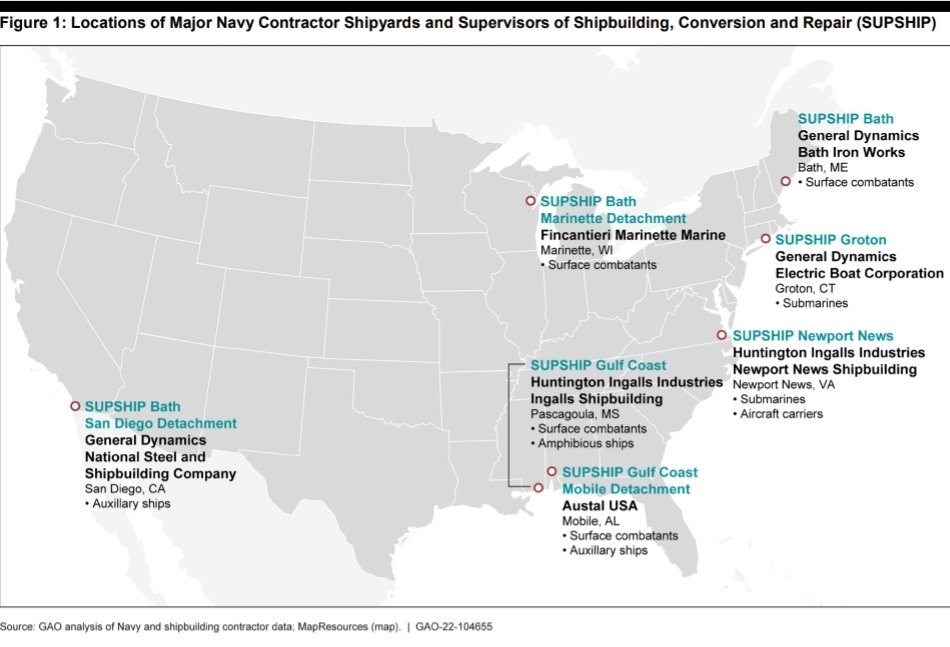1/USS Carney Shot Down More Missiles, Drones Over Longer Period
Carney's engagement in the #RedSea highlights some issues for the @DeptofDefense & @USNavy in modern naval warfare.
thedrive.com/the-war-zone/u…
Carney's engagement in the #RedSea highlights some issues for the @DeptofDefense & @USNavy in modern naval warfare.
thedrive.com/the-war-zone/u…
2/It is reported that Carney engaged 4 cruise missiles and up to 19 UAV drones with their SM-2 standard missiles.
Hitting Israel from Yemen is over a thousand miles and these fit the parameters of Iranian cruise missiles.
iiss.org/online-analysi…
Hitting Israel from Yemen is over a thousand miles and these fit the parameters of Iranian cruise missiles.
iiss.org/online-analysi…
3/UAV drones traveling that far is also a major concern, but there have been examples of Iranian drones being used in Ukraine by Russia.
It is reported that Carney's action took place over several hours.
iranprimer.usip.org/blog/2023/mar/…
It is reported that Carney's action took place over several hours.
iranprimer.usip.org/blog/2023/mar/…
4/The engagement of 4 cruise missiles and 19 UAVs with SM-2s presents a concern regarding the ability of a modern warship to remain in the fight due to ammunition expenditure.
Carney has 90 vertical launch system cells (VLS). 23 targets would require multiple standard missiles.
Carney has 90 vertical launch system cells (VLS). 23 targets would require multiple standard missiles.

5/If Carney is the sole US destroyer presence in the area, then an shooting down 23 missiles/UAVs may have greatly depleted if not exhausted her armament; known as going Winchester. 

6/In the past, the @USNavy would have destroyer tenders forward deployed to not just provide maintenance for ships, but to reload warships - principally destroyers. But the US decommissioned its last destroyer tender in 1996. 

@USNavy 7/While the @usnavy has prioritized the ability to reload VLS cells, the nature of the tubes require the ships to be in calm water at anchor or pierside and it is time consuming. As of yet, no method has been developed to reload VLS at sea.
defensenews.com/naval/2023/03/…
defensenews.com/naval/2023/03/…
@USNavy 8/This event should give concern about potential swarm attacks on ships and the limitations that modern vessels have to defend themselves against such threats.
While these weapons were targeted at Israel and not Carney, it is still a lesson that needs to be driven home.




While these weapons were targeted at Israel and not Carney, it is still a lesson that needs to be driven home.




9/US Destroyer Carney Shoots Down Land Attack Missiles | What is the US Navy Strategy in Israel-Hamas
10/Some great discussion on this topic.
We don't know the load out of Carney's 90 VLS cells. SM-2s take up an individual cell, but she is also an Ballistic Missile Defense (BMD) ship so may have SM3s & SM6s onboard.
Evolved Sea Sparrow Missiles (ESSM) are quad packed in cell.




We don't know the load out of Carney's 90 VLS cells. SM-2s take up an individual cell, but she is also an Ballistic Missile Defense (BMD) ship so may have SM3s & SM6s onboard.
Evolved Sea Sparrow Missiles (ESSM) are quad packed in cell.




11/The impetus of the thread is what happens when a VLS armed ships expends its ordnance and possibly depletes its main long range anti-air weapons.
While we have reloaded missiles at sea in the past, these were launchers with magazines, largely.
While we have reloaded missiles at sea in the past, these were launchers with magazines, largely.

12/We have loaded VLS at sea and there were plans as far back as the 80s to outfit Burkes with that capability but the logistics of removing and returning spent canisters became an issue.








13/Others, such as @cdrsalamander have been highlighting this issue for years
The Return of at Sea Reloads: The Big Importance of Small Things
July 2017
cdrsalamander.blogspot.com/2017/07/the-re…
The Return of at Sea Reloads: The Big Importance of Small Things
July 2017
cdrsalamander.blogspot.com/2017/07/the-re…
14/Great thread on VLS reloading by @R_P_one.
https://twitter.com/R_P_one/status/1578353297819602944?t=Xp22oLDPyrhj2e4eDslOig&s=19
15/Further update on Carney shoot downs.
1️⃣4 drones & 15 UAVs over several hours.
2️⃣Took place over 9 hours
3️⃣Utilized SM-2 Standard missiles
taskandpurpose.com/news/navy-yeme…
1️⃣4 drones & 15 UAVs over several hours.
2️⃣Took place over 9 hours
3️⃣Utilized SM-2 Standard missiles
taskandpurpose.com/news/navy-yeme…
I meant cruise missiles vice drones.
@US5thFleet 15a/Further update on Carney shoot downs.
1️⃣4 cruise-missiles (vice drones) & 15 UAVs over several hours.
2️⃣Took place over 9 hours
3️⃣Utilized SM-2 Standard missiles
taskandpurpose.com/news/navy-yeme…
1️⃣4 cruise-missiles (vice drones) & 15 UAVs over several hours.
2️⃣Took place over 9 hours
3️⃣Utilized SM-2 Standard missiles
taskandpurpose.com/news/navy-yeme…
• • •
Missing some Tweet in this thread? You can try to
force a refresh






















